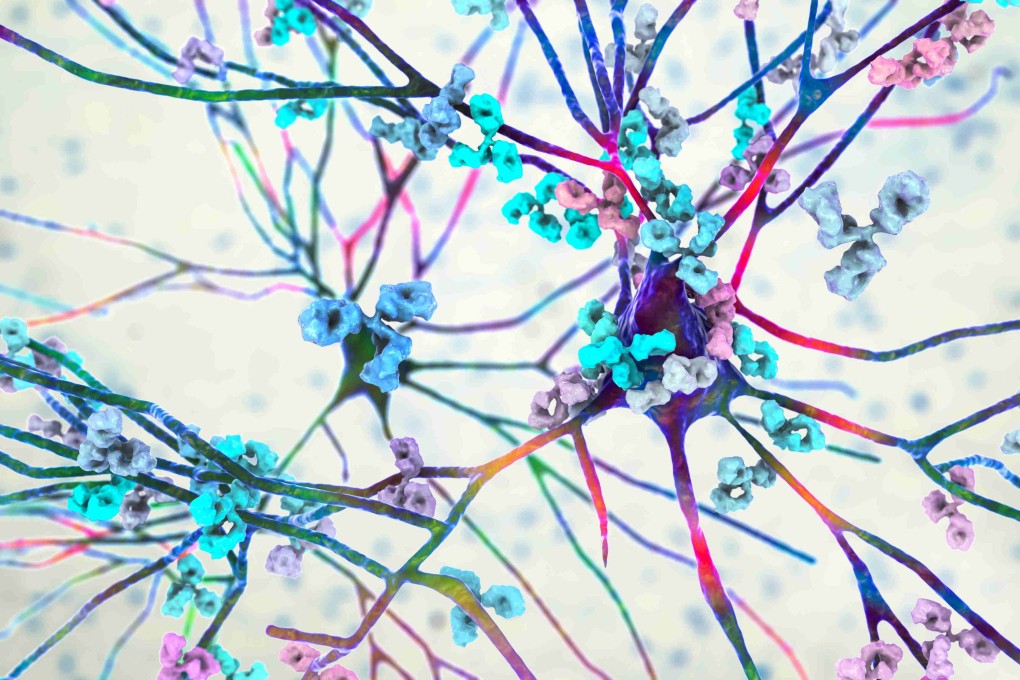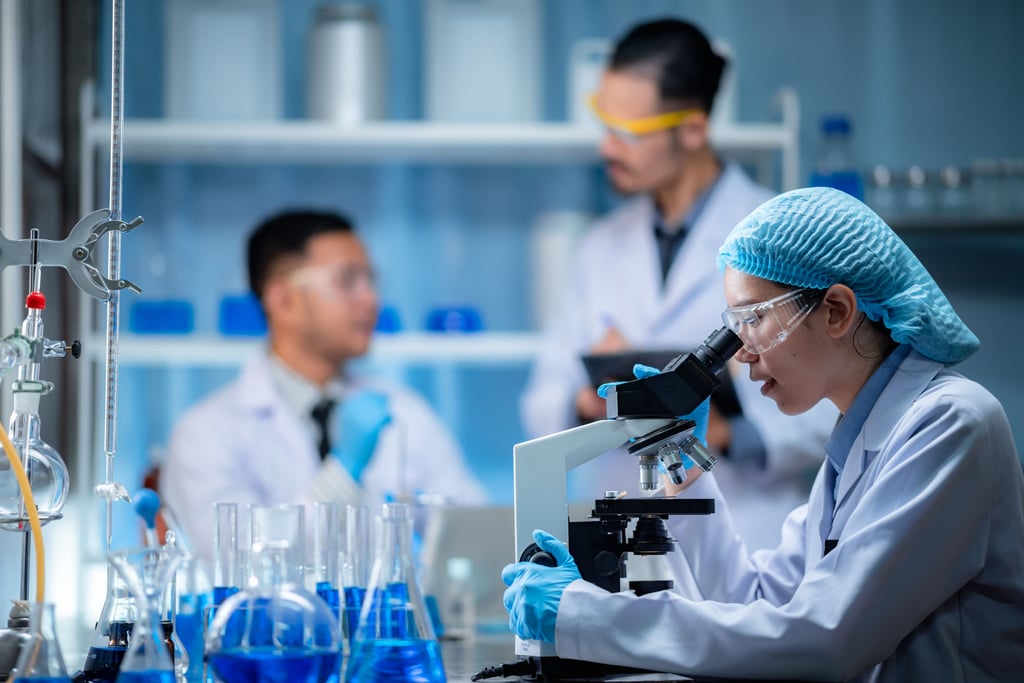From ALS to syndromes without a name, rare disease battle made easier by the internet, which allows patients to find each other and offer support
- February 28 is Rare Disease Day, a chance to raise awareness of conditions for which no drugs are made, some so rare they are Swans – syndromes without a name
- A sufferer and experts describe how advances in genetic testing are identifying such diseases faster and older drugs are being adapted to treat some of them

Rare diseases affect from 263 million to 446 million people worldwide, yet little time is dedicated to them in medical school. February 28 is a day to mark rare diseases, and raise awareness of them globally.
Healthcare professionals have limited knowledge of these conditions, and no wonder, says Blayne Baker at UK charity Beacon, which is building a global rare-disease community.
Medical students are taught, “When you hear hoofbeats think horses, not zebras,” she says, meaning that a patient’s condition is most likely to be common, not rare.
A disease is considered “rare” in the United States if it affects fewer than 200,000 people. Lynsey Chediak works at Rarebase in the US, which partners with other companies to develop innovative technologies to diagnose and treat rare genetic disorders. She has a rare disease herself.

“There are hundreds of millions of young people who wait many years before they have the right diagnosis. I was diagnosed with arthrogryposis at five years of age, but that name encompasses a variety of diseases all of varying severity with varying symptoms,” she says.
“Over the last 30 years, we’ve learned that there is a genetic cause of many types of arthrogryposis – including mine.”